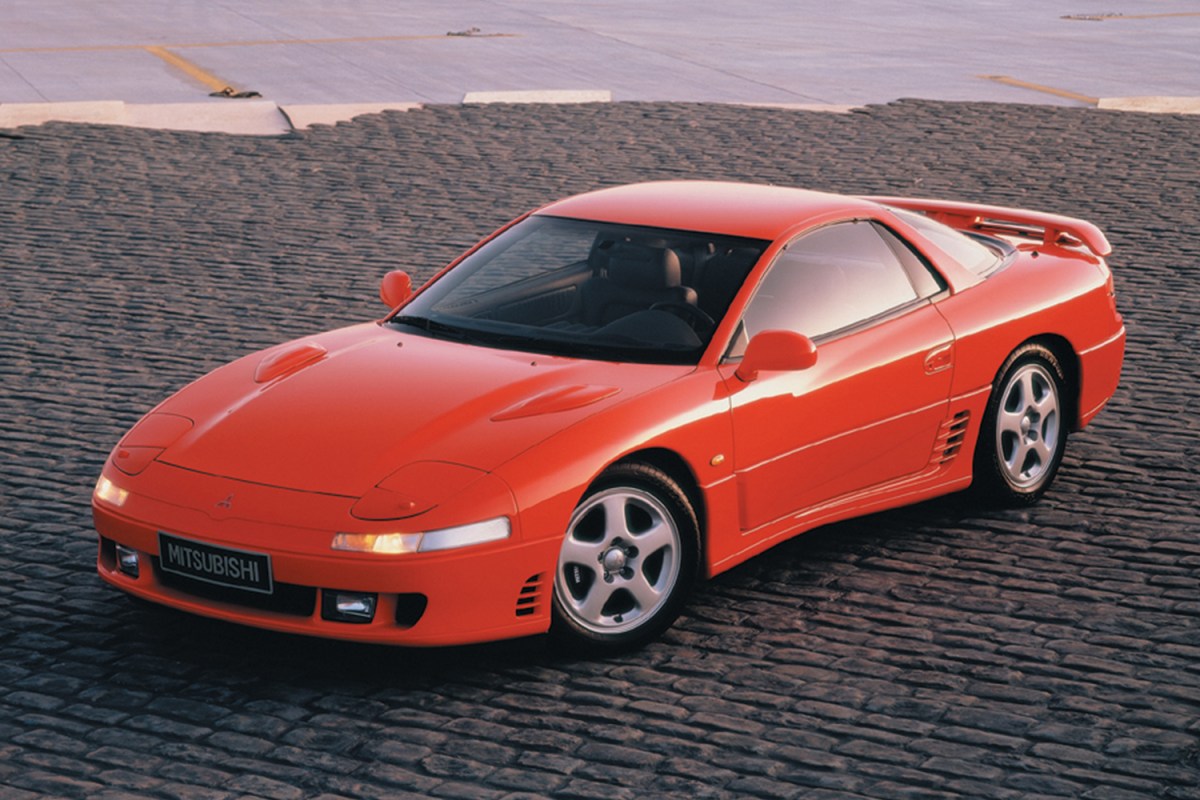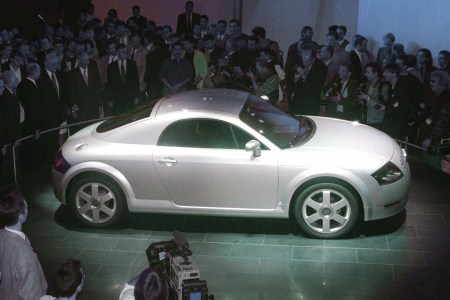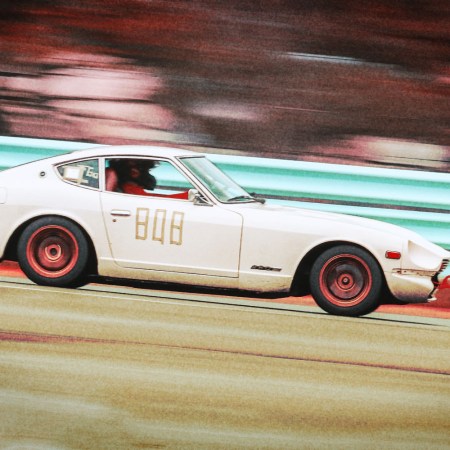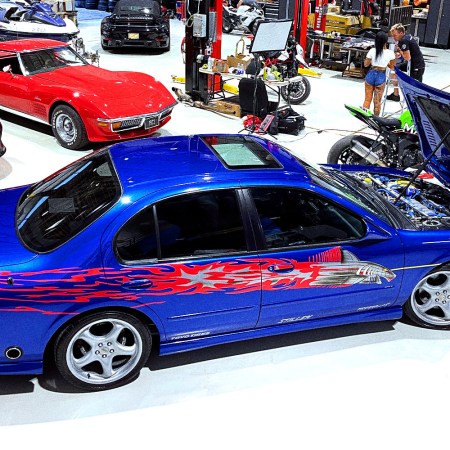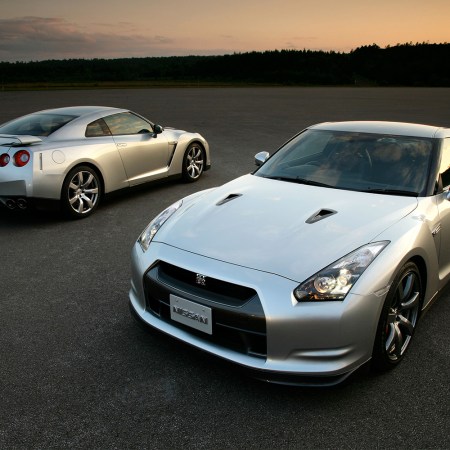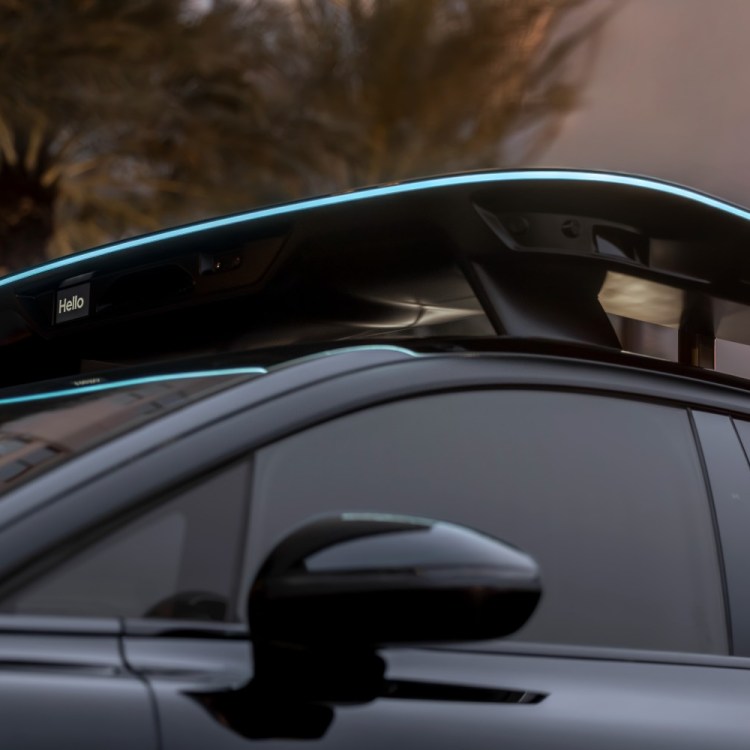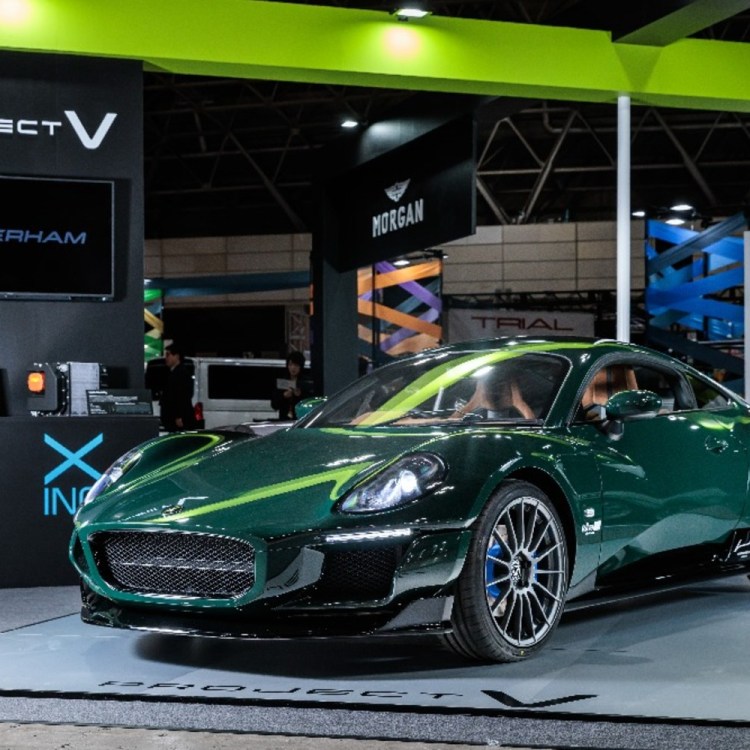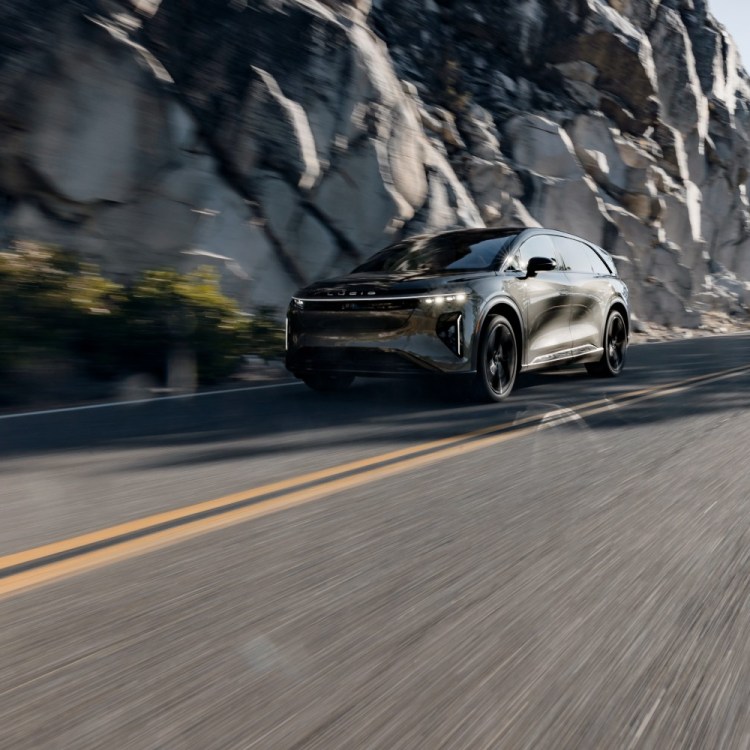The early 1990s gave the automotive world a brand new battleground: the emerging Japanese supercar. Buoyed by the rising fortunes of the nation’s bubble economy, practically every one of the island’s major manufacturers threw caution to the wind and produced their own astonishingly high-tech machinery that was every bit the equal of more exotic European fare, and in many cases surpassed muscled-up American options.
For a brief period at the beginning of that decade, legends were made on the backs of iconic models like the R33 Nissan Skyline GT-R, A80 Toyota Supra, Z32 Nissan 300ZX, Acura NSX and FD Mazda RX-7. These are names that continue to echo through the automotive pantheon as examples of the ultimate in engineering prowess, sleek styling and cutting-edge performance for each of their respective brands.
There was another player on the scene at the exact same time, however, whose name has become obscured by decades of disinterest from even the most devout of JDM collectors. Despite matching its peers in almost every key category, the Mitsubishi 3000GT VR4 continues to confound expectations by hovering well outside the current fervor for Rad-era metal, with only time-capsule specimens approaching the ultra-high price tags attached to the Supra et al.
As impressive an achievement as the 3000GT was, there are more than a few reasons as to why this technological tour de force has lagged behind the laurels foisted on its rivals. It turns out fear is a powerful motivator when it comes to the care and feeding of a near-exotic, even if it comes from a time period buffed by the aura of bulletproof Japanese reliability.
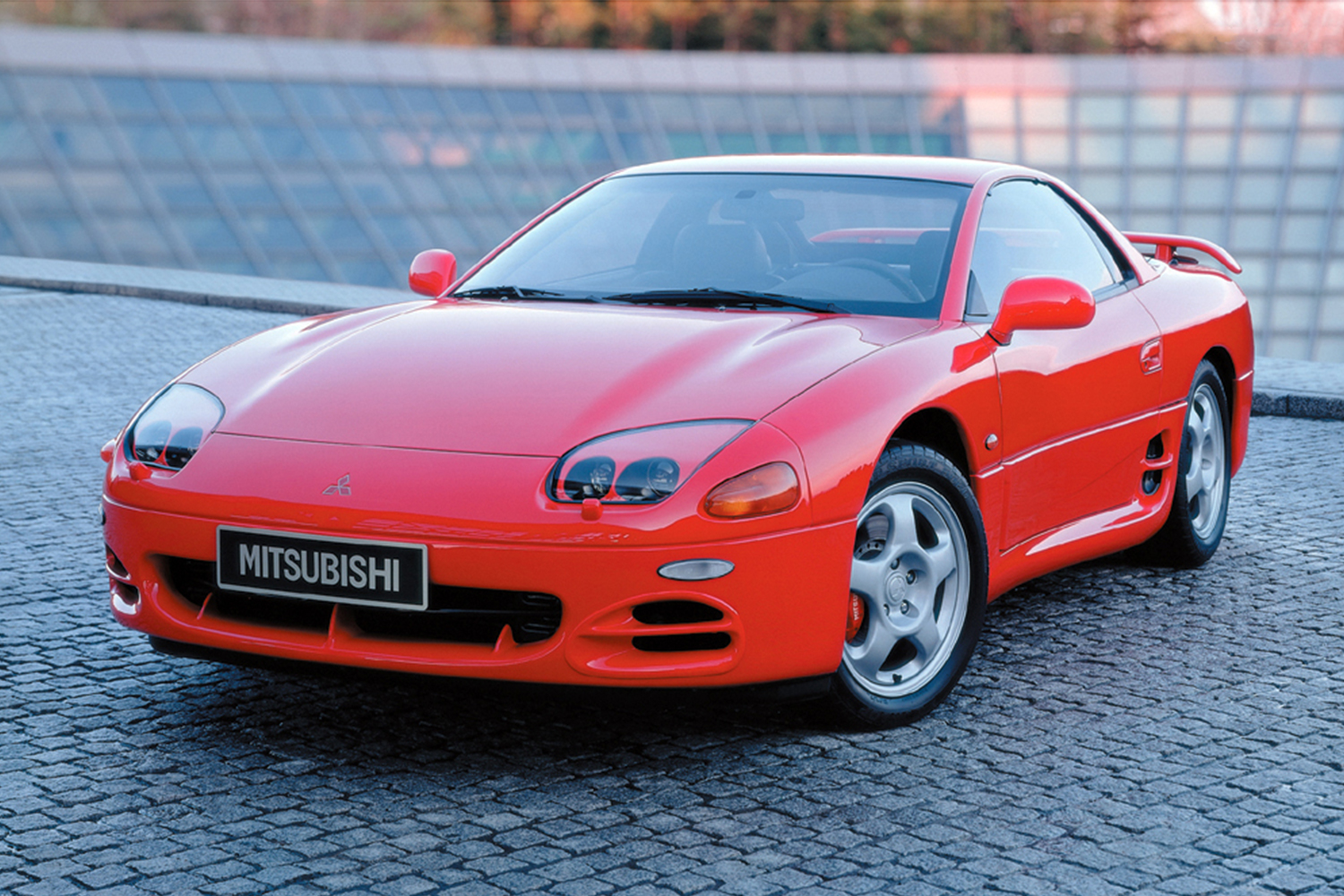
Among the Japanese Bubble Cars
Japan’s bubble cars can be split into two distinct categories. First, there were the all-out sports cars: lightweight, well-balanced machines like the NSX and RX-7 that aimed to thrill by tagging the driver in as a willing co-conspirator through each and every corner. The remainder fell under the grand touring category: heavier and more powerful models like the Supra, 300ZX and GT-R, whose platforms delivered considerable horsepower, more genteel cabin comforts and a host of advanced features intended to disguise their bulk from behind the wheel.
The Mitsubishi 3000GT VR4 fell squarely among the latter, a big-boned tourer sporting a muscular-for-the-time turbocharged V6 engine that could easily motivate its additional tonnage. Sold as the GTO in its homeland (a direct clue as to its market position), the VR4 had more to offer than just the 300 horsepower and 307 lb-ft of torque it posted on the dyno sheet (numbers that would climb to 320 hp and 315 lb-ft by 1994). A five-speed manual was the transmission to get, while a six-speed appeared later in the vehicle’s run (alongside a less exciting four-speed automatic gearbox).
Mitsubishi went all-in on injecting high-spec editions of the 3000GT with performance-enhancing substances. Chief among these was its all-wheel-drive system, which was biased towards the back in normal driving but which could also send nearly all available power from one of the car’s axles to the other in a bid to find traction. Next up, the VR4 also bundled in a four-wheel steering setup that offered up to 1.5 degrees of rear-wheel movement (in the same direction as the fronts were turning) when traveling over 35 mph. This had the effect of keeping the car stable and helping to disguise some of the 3,800 pounds of curb weight it was lugging around (nearly 300 pounds more than the Supra, and close to a half-ton heavier than the Mazda RX-7).
Rounding out the Mitsubishi’s list of mechanical attributes are a suspension system that could electronically alter its damping in order to account for the driving situation, as well as an active aero system (moveable spoilers front and rear that increased their angle of attack above 45 mph) and a sport exhaust that could vary the size of the opening inside its muffler system. Although these three features didn’t make it through the 3000GT’s entire run, AWD and 4WS remained defining characteristics.

Mitsubishi Makes Its Mark
All of the above contributed to make the Mitsubishi 3000GT VR4 a very, very quick automobile. On launch, the all-wheel-drive system made 60 mph available in under five seconds, a remarkable feat in the 1990s even without considering the car’s substaintial heft. Stretch those legs out over a longer distance, however, and its contemporaries were faster to triple-digit speeds thanks to their more hollow bones, and that gap only widened on a racetrack where the front-heavy Mitsubishi was prone to wallow rather than tail-snap its way through a corner.
For many buyers, that didn’t matter, given the 3000GT’s additional soft skills. The long, wedged-shaped machine had a sultry body dripping with curb appeal, and its 1994 refresh reinforced the firm fundamentals of its design even as it rounded the car’s front end. As a statement-making grand tourer, the Mitsubishi coupe was a cannonball in the JDM pool, as was its ultra-rare convertible conversion available towards the end of its run (which came with a power-retractable hardtop at the expense of any trunk space).
Is the Original Audi TT a Modern Classic or Maintenance Nightmare?
It deserves its place in history, but whether it deserves a place in your garage is another question entirelyToo Far Ahead of Its Time?
So far, so good — or so it would seem. With so many pluses on the table, the 3000GT’s lack of impact among current collectors would seem to indicate more than a few “gotchas” lurking in the background, right? Unfortunately, there is a price to pay for anyone attempting to extend the longevity of any sufficiently advanced, tech-oriented ’90s automotive platform, and the complexity of the Mitsubishi makes its particular hair shirt that much more punitive.
As mentioned above, several of the VR4 model’s gimmicks were later dropped from the build sheet, and a big part of that had to do with how difficult it was for even Mitsubishi’s own dealer techs to keep these features trouble-free over time. Today, owners faced with “inactive” aero and single-tone exhaust notes tend to leave things status quo rather than spend big on their resurrection. The adaptive suspension system is also a known trouble spot, with problems ranging from wiring to the electronic control unit to the shocks themselves locking the car in one of its three performance modes.
Then there’s the engine bay. Pop the hood on a twin-turbo Mitsubishi 3000GT VR4 and you will register just how jam-packed the space between the two front fenders is. With Mitsubishi having given up on rear-wheel-drive platforms after the failure of the Starion coupe the previous decade, the 3000GT was also sold in low-buck front-wheel drive spec that featured a naturally-aspirated version of its engine. This means that turbo AWD VR4 models were saddled with a transverse-mounted V6 that occupies every single square inch of under-hood real estate, making it extremely time-consuming for even professional mechanics to work on. For amateurs, it’s an exercise in total frustration, which seriously dampened its appeal on the secondhand market.
The existence of those NA front-pullers also had a downward pull on the VR4’s desirability. Outselling the turbo by roughly four-to-one over its lifespan, its dowdy performance and lack of rear-wheel-drive thrills took some shine off of the vehicle’s prestige in a way that the comparatively rarer non-turbo Toyota Supra and RWD Nissan Z didn’t experience.
Another thing this car’s peers didn’t have to deal with? Competition from a domestic-badged twin. From 1991 until 1996, Dodge sold a version of the 3000GT as the Stealth, including a VR4 clone marketed as the R/T (although absent some of the VR4’s trick hardware). In fact, nearly as many Dodge models were moved in North America as Mitsubishis, with about 65,0000 Stealths sold versus 86,000 3000GTs. No doubt the presence of a similar-looking, mechanically-identical rival sapped some of the import’s energy in building a fanbase in the United States.
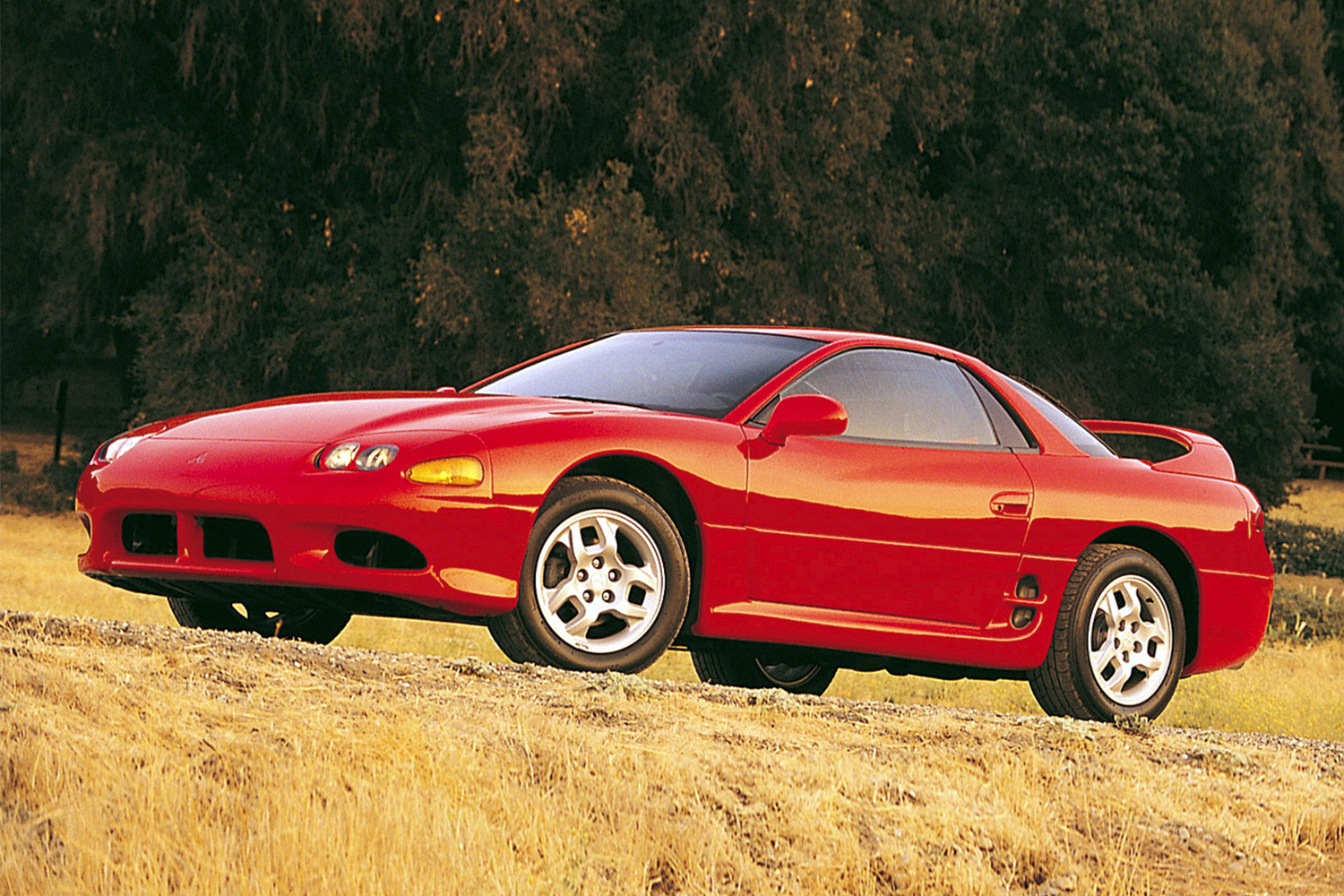
Appreciate the Car, But Don’t Expect the Car to Appreciate
Is the 3000GT VR4 worth a gamble for those who have been frozen out of the red-hot auction block results surrounding the rest of its 1990s cohort? Current values for an excellent condition model hover around the $35,000 mark for a mid-decade example, and if you’re willing to slum it and shrug off some of the Mitsubishi’s (most likely non-working) feature set, you can score a Dodge Stealth R/T for at least a $10,000 discount.
The answer to this question depends entirely on why you’re making the purchase, and your predisposition to automotive masochism. If you’re planning on the 3000GT VR4 as an investment piece, the outlook is cloudy at best: Aside from absolute zero-mile outliers, not much has happened to move the Mitsubishi market in quite some time.
If you’re planning to simply enjoy a slice of 30-year-old Japanese ultra-optimism distilled into sheet metal and glass, then scoring a bargain on a 3000GT makes a little more sense. As an enthusiast, it’s always fun to drive something different from the rest of the pack, and the Mitsubishi’s relative scarcity (especially for later model years) sets it apart from other ‘90s near-icons. Just be prepared to have mechanic after mechanic gently tell you that they simply “don’t have room to fit you in right now” when you pull up at the door seeking counsel until you find someone who’s as tolerant of the year-to-year parts changes, difficulty sourcing components and extreme engine-bay claustrophobia as you are. Or maybe just put up a Craigslist ad for a technician with really tiny hands.
This article appeared in an InsideHook newsletter. Sign up for free to get more on travel, wellness, style, drinking, and culture.
